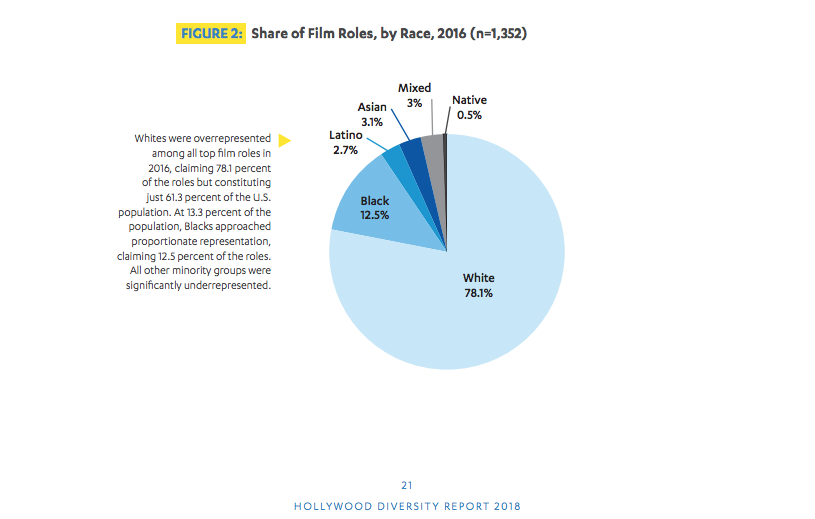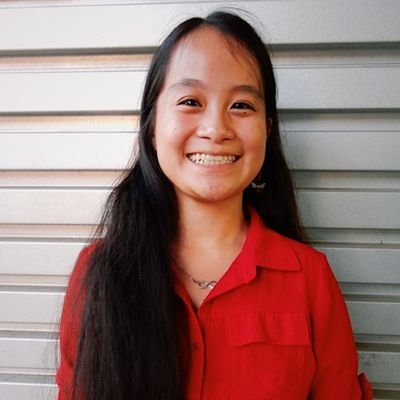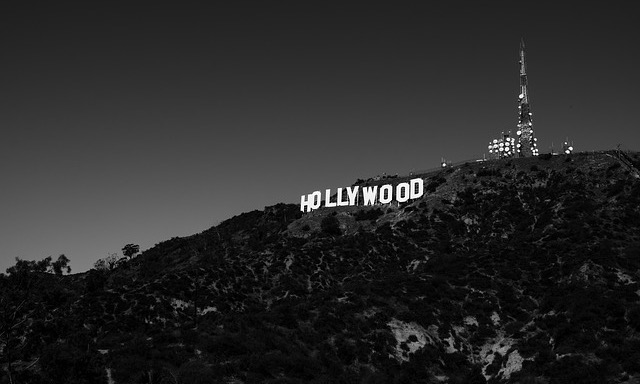“Crazy Rich Asians” dominated the domestic market on its opening weekend with a total of $25.2 million in North America, having accrued $34 million overall within its 5-day run, according to Warner Bros.
The film, which opened in American theaters on August 15, appears to be a financial and critical success, particularly for the declining romantic comedy genre, which brought in only 0.78 percent of the box office market share in 2017. The turnout for “Crazy Rich Asians” overtook the last year’s R-rated romantic comedy “Girl’s Trip,” which featured an African-American cast. It is proclaimed the “best result for a PG-13 rated romantic comedy in six years” by The New York Times, and holds a “Fresh” rating of 93 percent on Rotten Tomatoes.
What’s brought this success?
The #GoldOpen movement on Twitter is a factor. It seems to take its cues from the African-American community, where celebrities and activists bought out theaters so movie-goers could see black leads on screen, including Marvel’s “Black Panther” and the 2017 Oscar-nominated “Get Out.”
Bing Chen, an entrepreneur who got his start at YouTube and Google, was one of the main organizers, and many others took up the mission as well. Wealthy Silicon Valley techs, business chains, celebrities, and business owners, including Twitch co-founder Kevin Lin, bought tickets and hosted screenings across the U.S. for Asian Americans who wished to attend. They used the hashtag #GoldOpen to spread awareness.
It’s not just a movie anymore, it’s something so much more important #GoldOpen. You guys ROCK 🔥 pic.twitter.com/H99XxbjKU3
— Henry Golding (@henrygolding) August 14, 2018
“Crazy Rich Asians” is the first U.S. film to star an all-Asian American cast since “The Joy Luck Club,” which premiered in 1993. Wide diversity of Asian American actors in both film and television shows is rare, a topic was frequently brought up by #GoldOpen; Asian Americans who saw “Crazy Rich Asians” shared their experiences of prejudice and identity conflicts, highlighting the importance of representation. Audience demographics during opening weekend included 38 percent of Asians, according to an email from Warner Bros.’s Theatrical Communications.
According to the PEW Research Center, the population of Asian immigrants are projected to overtake Latino immigrants in 2055, potentially becoming America’s largest immigrant group. Overall, Asian Americans grew at the “fastest growth rate of any major racial or ethnic group” and equal a little over 20 million in the overall 2015 U.S. population, according to the Pew Research Center.
This is at odds with the current low Asian-American representation in the media, both as actors and directors. According to UCLA’s 2018 Hollywood Diversity Report, Asians have one of the lowest roles in films (3.1 percent in 2016); only 1.3 out of 10 film directors are people of color, and only 1 out of 3 people of color are film leads and film directors.

Recently, the lack of Asian representation in Hollywood has been highlighted with movements, such as #OscarsSoWhite and #StarringJohnCho. There were also critiques from various members of the movie industry, including from one of “Crazy Rich Asians” leads, Constance Wu, who also is a main character in ABC’s TV series “Fresh Off the Boat.” Wu’s show is considered groundbreaking in having a full Asian-American cast since 1994’s cancelled sitcom “All-American Girl.”
Will the high performance of “Crazy Rich Asians” help push more movies with Asian-American leads into the forefront? According to the UCLA Hollywood Report, both box office and viewers are prominent in movies and TV that has casts of people of color. Netflix has already released “To All the Boys I’ve Loved Before,” a romantic comedy about a teenager’s romantic mishap, on August 17. “Searching,” a psychological thriller about a father (John Cho) attempting to find his missing daughter, came into U.S. theaters on August 24.
In solidarity, “Crazy Rich Asians” director John M. Chu and actor Henry Golding planned to buy out theaters to support the upcoming film. “Searching” ’s director Aneesh Chaganty thanked both men on Twitter, using the hashtag #AsianAugust, referring to the recent wave of Asian American representation in films.
Chu also expressed optimism that this movement will continue, tweeting: “We have arrived. Now let’s go tell more of our stories!”
He is ready. About a week after “Crazy Rich Asians” debuted, Chu and Warner Bros. announced plans for a sequel with the original cast, producers, and, potentially, screenwriters. The film itself has not been officially greenlit, but Chu counts on expanding “Crazy Rich Asians” into a trilogy, similar to the books’ counterparts, “China Rich Girlfriend” and “Rich People Problems.” In the meantime, Chu will be directing an adaption of Lin-Manuel Miranda’s “In the Heights,” set for 2020.
Where To Start Your Reporting
The PEW Research Center has many resources that include demographics of various populations in the United States, including information on ages, immigrant status, income level, and location. They have a quick facts sheet on Asian Americans, as well as one for specific ethnic groups, such as Chinese. Censusreporter.org offers more localized information; simply type in a zip code of the area you are researching.
Statista includes the representation of people of color in the media, particularly in the North American film industry. The 2018 Hollywood Diversity Report by UCLA is also available.
For general information about performance in the box office in 2018, go to The Numbers. Reporters can click on specific movie titles within the charts to find box office rankings, movie details, domestic and international figures, and related news articles. There is an Asian American-specific committee of the Directors Guild of America.
Other perspectives within the Asian American community may prove helpful. As “Crazy Rich Asians” brought up the dynamic between growing up in Asia versus in the U.S., people adopted from Asia is an underrepresented source. This national organization, Families with Children from China (FCC), has chapters in Greater New York, Northern California and Southern California, the Midwest, and New England. (Even though the organization is called Families with Children from China, they also include adoptees from around Asia.)
Try Asian American advocacy groups, such as Asian Americans Advancing Justice. There is a national directory of organizations on the Asian Women in Business website, organized by state.










